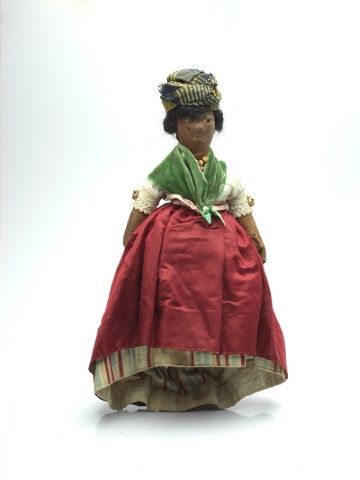
In 1995, two cyclones swept across the beach of Sainte-Marguerite Bay, leaving human bones in their wake that no one expected. The following year, a team of archaeologists exhumed dozens of new tombs, dating from the 18th and 19th centuries, revealing the existence of an entire cemetery. This skull, from tomb S225, shows dental mutilation, which is very rare evidence of this person’s African origin and enslaved status. Since then, the archeology of slavery has become an essential discipline in helping to make the invisible visible.
LO CALZO, Nicola (1979-)
Skull of an anonymous enslaved person Archaeological reserve of Sainte-Marguerite Bay,
Le Moule, Guadeloupe, 2012
FineArt pigment print - Hahnemühle Baryta paper
Rouen, Beauvoisine Museum - RMM, inv. 2023.3 PHOT

Author and visual artist Emmanuelle Gall employs an artistic approach that is rooted in the traces of her family history, stretching between Rouen and the West Indies. Family memories, both personal and collective, were shaped by and are rooted in the tragic events of slavery and the silences that covered it up. She traces the story of her great-great-aunt Suzanne Lacascade, who was born at the dawn of the literary and artistic movement “négritude”, and was the author of a groundbreaking novel in 1924.
Antillean doll or “popote”,
Martinique, 2nd half of the 19th century
Suzanne Lacascade collection, then Emmanuelle Gall collection